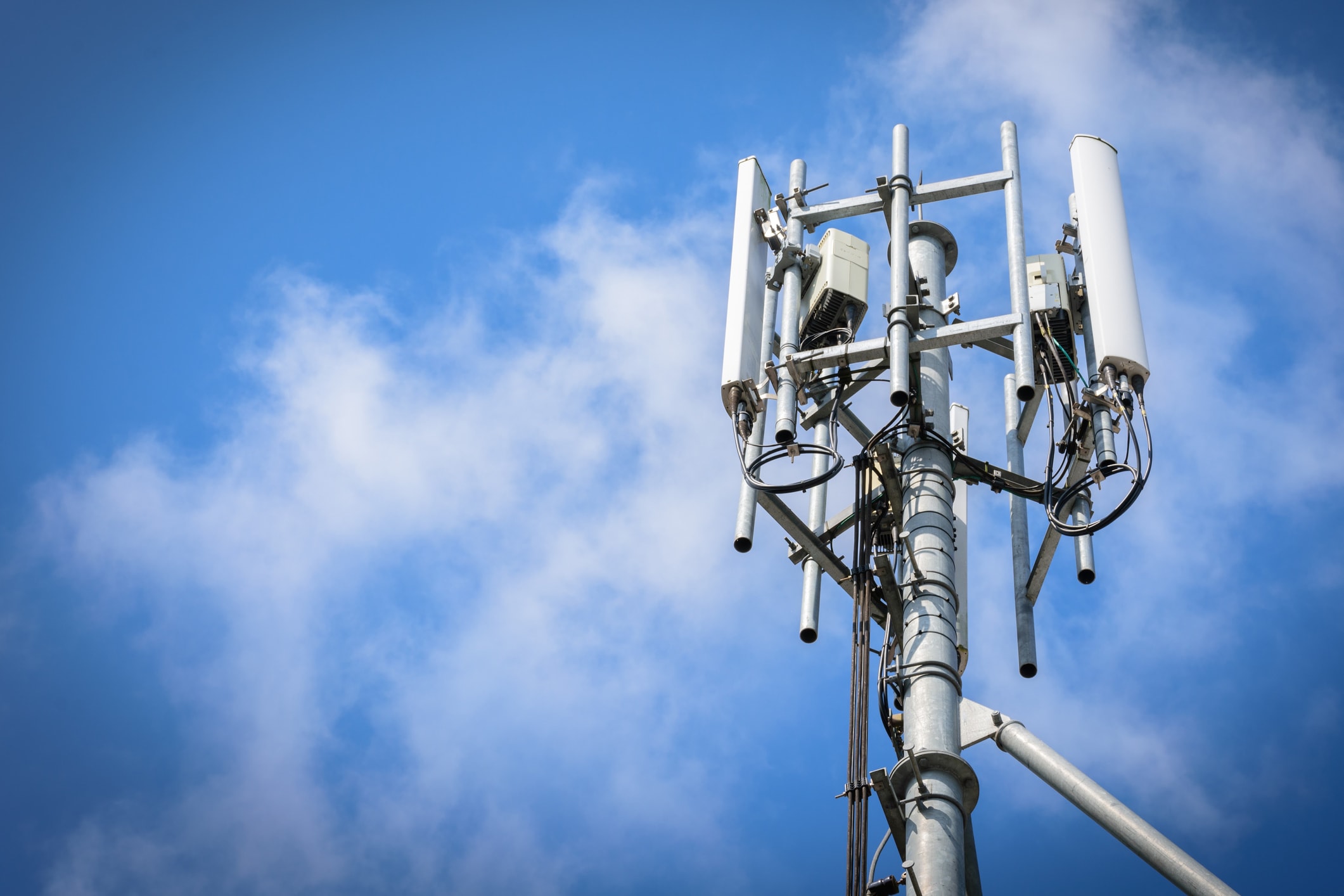If you've ever been through a town you might have noticed tiny 5G cell towers on street light poles. They look like small boxes, but they're actually broadcasting wireless signals from cell phone providers to your mobile.
These smaller towers are replacing larger specially-designed cell towers. Although they're not as visible however, they could cause problems for people.
A FCC's Radiation Exposure Thresholds
The FCC's Radiation Exposure Thresholds define the safe limit at which a person can be exposed to electromagnetic radiation from wireless devices. The limits of exposure are based on scientific data that show that RF energy could be harmful to human health.
what is safe distance from 5g tower of absorption called the specific absorption rate (SAR) is an indication of the amount of radiofrequency energy that is taken up by tissues. It is typically 1.6 Watts per kilogram calculated over one Gram of tissue.
Since 5g is able to transmit at higher frequencies this could be able to increase the intensity of energy on the skin and other directly-exposed body areas. This could lead to a wide range of possible harms, such as an increase in appearance of skin disorders such as dermatitis, skin cancer and cataracts.
Due to the potential for severe effects of 5g radiation, PSU has chosen to establish a general, localized limits on power density, which is 4mW/cm2 based on the average on 1cm2, but not to exceed 30 minutes, for all 5G services at 3000 GHz. This localized limit is consistent with the maximum SAR spatial-average of 1.6 W/kg, which is averaged over 1 5 grams of body tissue, at 6 GHz.
The FCC's Maximum Exposure Thresholds
If you've ever used a mobile phone, you probably know that a safe distance from the tower is around 400 meters. This is due to the transmitting power of the cell tower is significantly increased the farther you are from it.
While what is a safe distance from a cell tower sounds like a good idea but the truth is that those living close to towers could be more susceptible to health problems. For instance, a study conducted in 2014 in India found that residents who lived within 50m of cell towers experienced much more health problems than those who lived farther away from the antennas.
But, the study showed that residents who moved to areas further away from the cell towers saw their symptoms improve within a couple of days. Studies have also shown that exposure to high amounts of electromagnetic field radiofrequency (EMFs) can cause brain tumors, cancers, and other health problems.

This is due to the fact that RF radiation, which is used in wireless communication, can penetrate the human body's exterior layer, called the skin. This is important to understand because the skin serves as a barrier to protect against injuries caused by mechanical forces, infections from pathogenic microorganisms, as well as the entry of harmful substances. The skin is the largest organ of the human body. It is responsible for keeping the integrity of other organs.
The FCC's Minimum Exposure Thresholds
The FCC's Minimum Exposure Thresholds rely on many assumptions that aren't supported by scientific research. This includes the false belief that exposures to RF radiation are safe because of the minimal penetration into the body (i.e., tissue heating).
what is a safe distance from a 5g cell tower does not take into account the deeper penetration of the ELF elements of modulated radio signals, as well as the effect of short bursts of heat caused by RF pulses. These theories are not compatible with the current understanding of biological effects of RF radiation. Therefore, they should not be used for health protective exposure standards.
In addition to that, ICNIRP and FCC limit their maximum exposure limits to local peak SARs based on the peak frequency of absorption (psSAR), which can be described as not a sufficient dosimetric tool for determining the level of radiation exposure. In particular, psSAR is inaccurate for frequencies that exceed 6 GHz. Furthermore, psSAR has not been evaluated for RF radiation exposed to other agents of the environment such like sunlight. The interactions of RF radiation with other environmental agents may cause synergistic or antagonistic results. This can lead to an increased risk of adverse health effects. For example, co-exposure to RF radiation and sunlight could cause an increase in the incidence of developing skin cancer, as well as aggravate other skin diseases such as acne.
